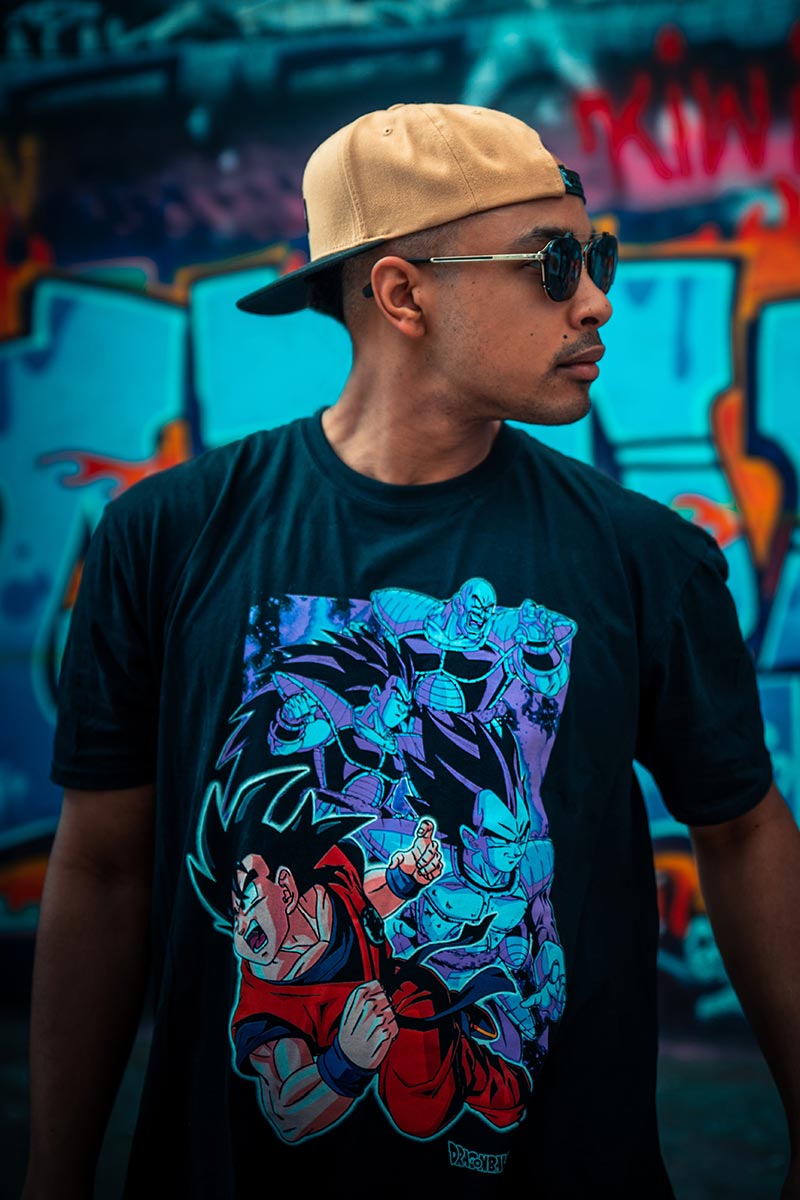Using the Power of DTF Printing: Techniques for High-Quality Material Layouts
Using the Power of DTF Printing: Techniques for High-Quality Material Layouts
Blog Article
Ultimate Guide to DTF Printing Methods for Sensational Textile Layouts
Embarking on the journey of mastering DTF printing methods can open a globe of opportunities for producing aesthetically captivating textile designs. As the textile sector remains to progress, staying ahead of the curve with cutting-edge printing methods is vital. In this overview, we will certainly check out the elaborate information of DTF printing, from realizing the basic fundamentals to unraveling advanced color techniques that can raise your designs to brand-new elevations. Remain tuned as we dive right into the subtleties of choosing the appropriate products, perfecting the printing process, and overcoming usual difficulties to achieve spectacular results.
Comprehending DTF Printing Basics
DTF printing, a process that entails transferring layouts from a special movie to textiles utilizing warmth and stress, forms the structure of fabric printing techniques. The very first step in DTF printing entails creating or choosing a layout that will be published onto the textile.
When the layout is printed on the film, it is then meticulously placed onto the material, making certain proper alignment and positioning. The following essential action entails applying heat and stress using a warm press equipment. This procedure turns on the dyes or pigments on the movie, creating them to sublimate and bond with the fabric fibers permanently. The outcome is a stunning, resilient fabric layout that is cleanable, flexible, and resistant to fading. Generally, recognizing the basics of DTF printing is important for grasping this contemporary fabric printing technique.
Choosing the Right Fabric Products
Having actually established the foundational concepts of DTF printing methods for textile designs, the next critical factor to consider lies in picking the appropriate fabric materials to enhance this cutting-edge process successfully. Furthermore, the stretchability of these products can accommodate the warmth transfer process included in DTF printing without misshaping the layout. By choosing the best fabric materials, developers can make best use of the capacity of DTF printing to produce stunning and resilient textile designs.

Mastering the Printing Refine
To succeed in DTF printing strategies for fabric layouts, understanding the printing process is vital for accomplishing top notch and regular outcomes. The temperature, stress, and duration of heat application have to be very carefully managed to ensure correct bond of the design to the textile. By developing each of these steps in the printing procedure, developers can regularly create sensational and durable textile layouts with DTF printing techniques.
Enhancing Designs With Shade Strategies

Furthermore, exploring with shade gradients can bring a sense of motion and fluidity to the style. By mixing shades seamlessly, a gradient impact can be accomplished, adding a contemporary and dynamic touch to the fabric design. In addition, making use of color obstructing techniques can develop vibrant and striking visuals by comparing different solid colors in distinct sections of the layout.
Moreover, including metal or neon colors can supply a unique and distinctive aspect to the textile layout, making it stand apart and emanate a sense of vibrancy. When tactically applied, these color techniques can raise the general visual appeal of fabric designs, making them more fascinating and unforgettable.
Troubleshooting Common DTF Printing Issues
After discovering different color strategies to improve fabric styles, it is important to resolve common DTF printing issues that may emerge throughout the manufacturing procedure. One usual concern is poor attachment, which can result from improper curing temperature levels or times. To solve this issue, ensure that the treating settings are precise which the adhesive utilized is appropriate for the certain material being published on. Another frequent difficulty is shade incongruities, where colors may appear in different ways than anticipated. This can be created by inaccurate shade profiles or setups in the printing software. To tackle this, double-check the shade settings and accounts to ensure they match the desired layout. Additionally, issues with picture quality and sharpness can take place due to low-resolution pictures or improper printing techniques. To address this, always use high-grade images and adjust the printing settings look at this site for optimal quality. By being aware of these usual problems and applying the essential troubleshooting actions, you can improve the overall quality of your DTF printed textile styles.
Conclusion
In conclusion, grasping DTF printing strategies is important for developing spectacular fabric layouts. By understanding the essentials of DTF printing, selecting the best materials, and enhancing designs with shade methods, one can attain impressive outcomes. It is Find Out More very important to fix usual problems that may arise during the printing process to make certain an effective result. With method and focus to detail, one can create distinct and stunning fabric styles utilizing DTF printing techniques.
DTF printing, a procedure that entails transferring designs from a special movie to fabrics making use of warmth and stress, forms the structure of fabric printing methods.Having established the foundational principles of DTF printing techniques for textile layouts, the following important consideration exists in picking the suitable textile materials to match this innovative process successfully. By picking the appropriate fabric products, designers can maximize the possibility of DTF printing to produce stunning and resilient textile designs.
To succeed in DTF printing techniques for textile designs, grasping the printing procedure is crucial for achieving top quality and constant results. DTF Printing. By refining each of these actions in the printing procedure, developers can consistently produce spectacular and resilient fabric layouts with DTF printing strategies
Report this page